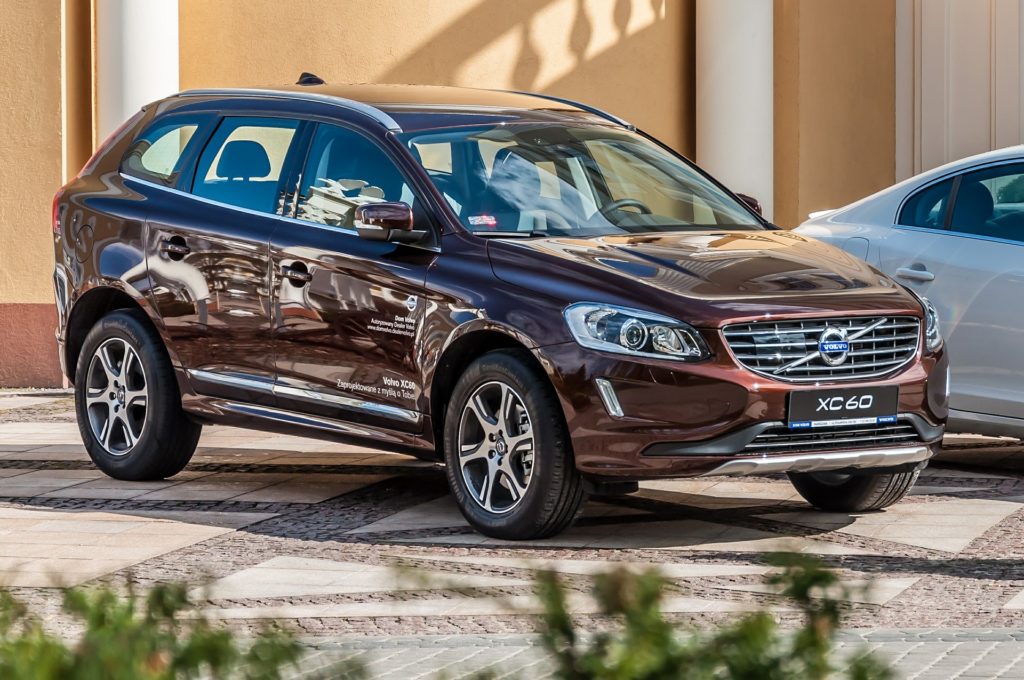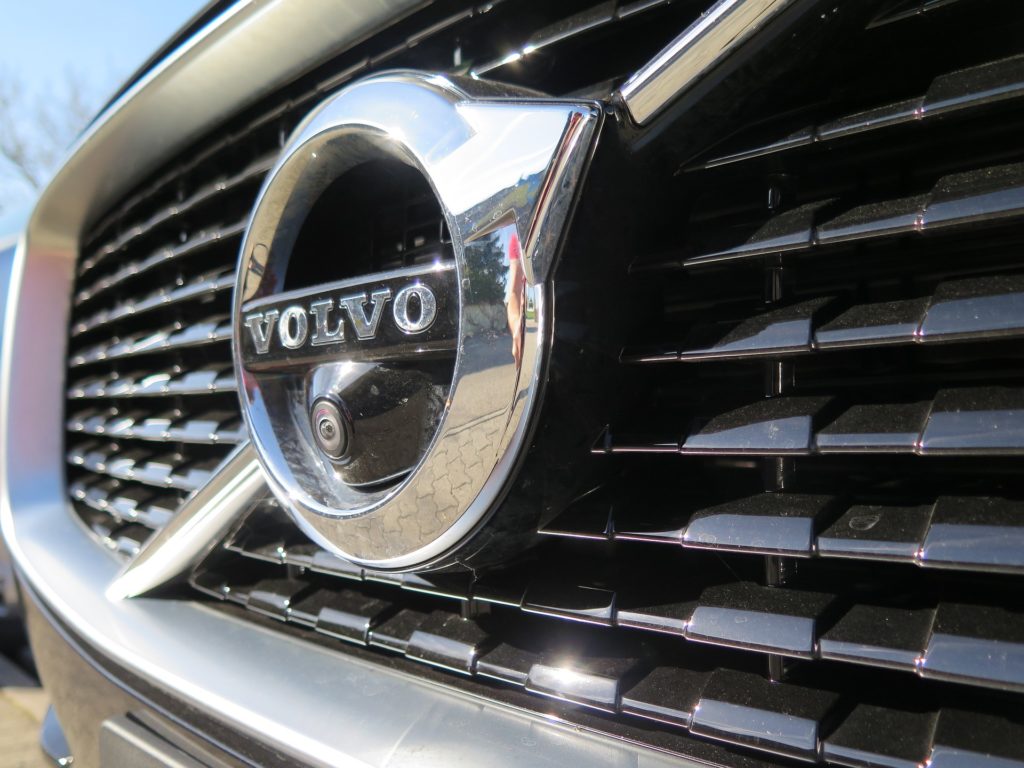OEM parts are the best replacement parts for your Volvo’s collision repair.
Volvo has issued a robust position statement explaining which parts it does and does not approve of in its vehicles’ repairs.
As a whole, Volvo does not approve of any parts other than Original Equipment Manufacturer parts. That means no aftermarket parts, reconditioned parts, or salvaged parts are acceptable for your Volvo’s repairs.
Original Equipment Manufacturer parts have been designed specifically by Volvo to fit like a glove in its vehicles. The parts are also made of the highest quality materials and built to complement every other part of your vehicle’s system.
This means that OEM parts provide your Volvo with optimal safety and structural integrity, and they function well together as a whole.

The problem with aftermarket parts:
Aftermarket parts are designed to be more generic, since they are intended for use in a wide variety of vehicles. However, because they are so generic, they are not made to Volvo’s exact specifications. According to Volvo:
“Aftermarket parts (like bumpers, shocks, reinforcements, headlights, supports, fenders, hoods, suspension and unibody components) may interfere with the functionality of vehicle crumple zones, Supplemental Restraint Systems and drivetrain. It is also undetermined whether or not the aftermarket parts being installed meet Federal Motor Vehicle Safety Standards. Use of aftermarket parts can affect vehicle warranty, if the parts cause failures to other systems directly or indirectly.”
Reconditioned parts are also unacceptable.
The biggest issue with reconditioned parts is their history is questionable.
It is difficult to determine what kinds of damage they have sustained and how reliable their condition is after reconditioning. Volvo has this to say about reconditioned parts:
“Genuine Volvo parts have been optimized for safety, structural integrity and fit. Reconditioned parts are not subjected to the same testing and requirements and may not be reconditioned/remanufactured to the same standards. Thus, aftermarket parts may compromise the vehicle’s performance and safety, placing passengers at risk. Reconditioned Parts are also not traceable should a recall occur in the future.”
Like Kind Quality parts are problematic, as well.
As with reconditioned parts, it is difficult to determine the history of LKQ, salvaged, or recycled parts. They might have been subjected to damage in a collision, extreme weather conditions, or even through general wear and tear.
Proper adhesives and hardware are important, too.
As with all other vehicle components, Volvo requires that specific Volvo Car adhesives be used in repairs. Volvo also requires that all damaged hardware be replaced with Genuine Volvo Car replacement parts.
As with all other non-OEM parts, non-OEM hardware is not subjected to the same standards that Volvo upholds for its own parts.

The quality of your repair matters to us.
Even though Volvo has provided a detailed statement explaining that only Genuine Volvo parts are acceptable in the repairs of its vehicles, you might be surprised to discover how many body shops choose to ignore this recommendation.
Because no one is actually forcing shops to follow a manufacturer’s guidelines, some shops will choose to cut corners and use whatever parts they can get ahold of.
We take every repair very seriously at our shop and promise to deliver the best possible result. We do this by adhering to the guidelines set by the manufacturer and using only genuine OEM parts.
We believe this is the only way to ensure your Volvo’s structural integrity, performance, and safety.

